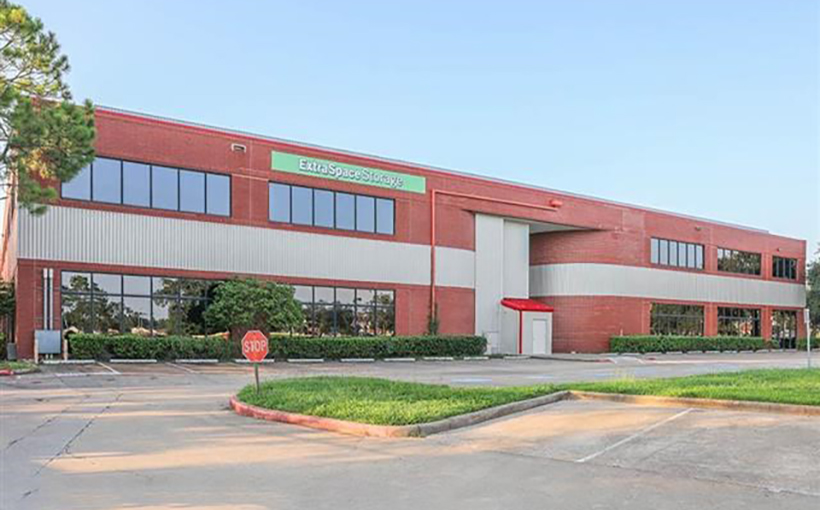In the photo: 555 Bay Area Blvd., Houston, originally an office building, was converted into a self storage facility in 2018. Photo courtesy of YardiMatrix.
Maria Gatea
Adaptive reuse has been a popular topic lately, with many stories focusing on converting office buildings for residential or hospitality purposes. However, according to StorageCafe’s report “Out with the Old, In With Self Storage,” there is another form of adaptive reuse gaining traction – converting former industrial structures and large retail spaces into self-storage facilities.
The report revealed some interesting facts:
– Approximately 9% of U.S. self storage inventory (191 square feet) comes from adaptive reuse.
– About 78% of these conversions were previously industrial buildings while 16% were former retail spaces.
– Converted properties tend to offer more affordable rates in almost half (49%) of cities compared to purpose-built self storage facilities.
Analyzing Costs
According to Maria Gatea, Real Estate Editor at StorageCafe and author of the report,”expensive land and strict zoning laws can make it difficult for new ground-up construction in many cities.” On the other hand,”converting an existing building into a self-storage facility is often more cost-effective than starting from scratch.”
Gatea explains that using an existing foundation,walls,and roof means less materials are needed for construction which also results in lower labor costs as there is no need for complex machinery. However,she notes that not all buildings are suitable for conversion – structural integrity,height,and layout play important roles with high ceilings and open floor plans being ideal.Gatea adds that industrial buildings are better suited as they typically have higher load-bearing capabilities compared to retail or office spaces which may require additional support modifications.
Location Matters
The report highlights how converted facilities tend be conveniently located within city limits.Additionally,the rates offered by these converted facilities tend be lower than purpose-built ones.”In nearly half of the 1,100 cities we analyzed, converted facilities offer better rates,making them a smart choice for budget-conscious renters,”the report states.
Gatea also notes that location is less of an issue when it comes to zoning challenges as many areas allow more flexibility for repurposing existing structures compared to new developments. This allows investors to cater directly to the demand in urban areas where people live and work.
Top Cities for Self Storage Conversion
According to StorageCafe’s report,Chicago leads the way in self storage adaptive reuse with over 7.3 million square feet of space converted into storage facilities.New York City boroughs such as Brooklyn (ranked #2),Manhattan,the Bronx,and Queens also contribute significantly towards this trend.
The Future Looks Bright
As urban areas continue growing denser and land becomes scarce,Gatea predicts a strong future for self-storage conversion.”Adaptive reuse offers developers an opportunity to meet the increasing demand for self storage in urban areas without needing new land,”she explains.With over half of all conversions taking place between 2014-2023,she believes this momentum will only continue as it meets both market needs and community goals.
“}]]



